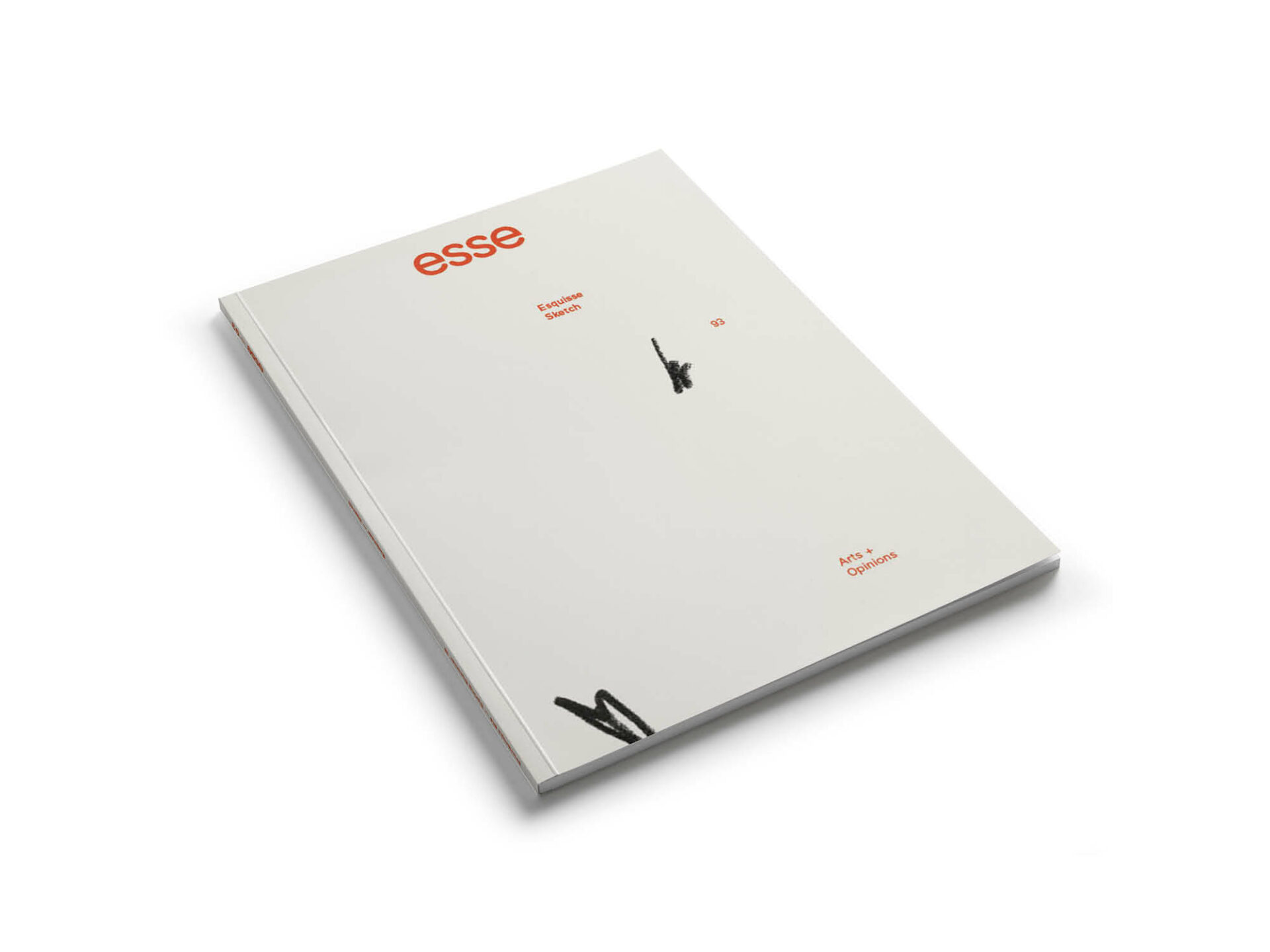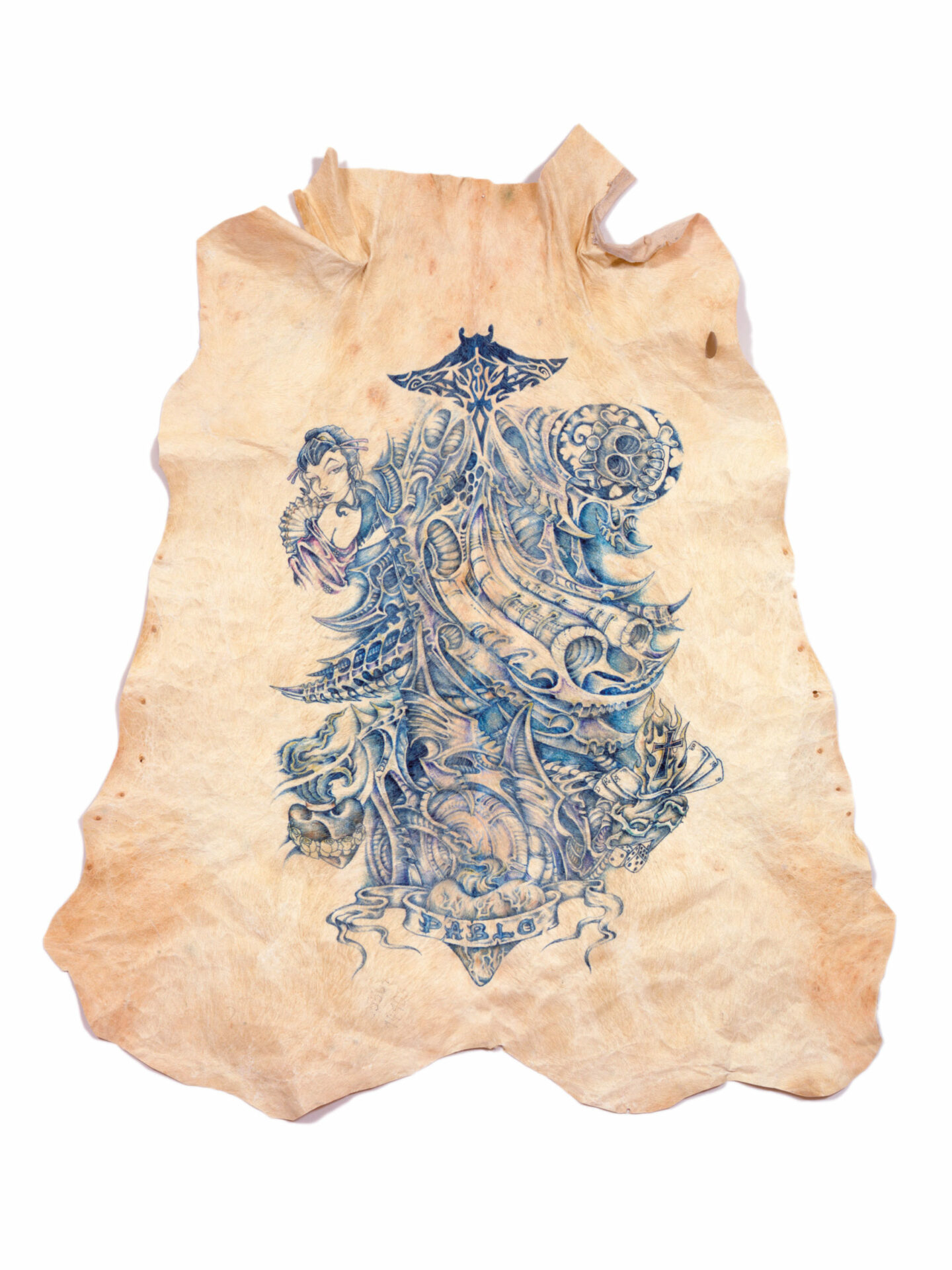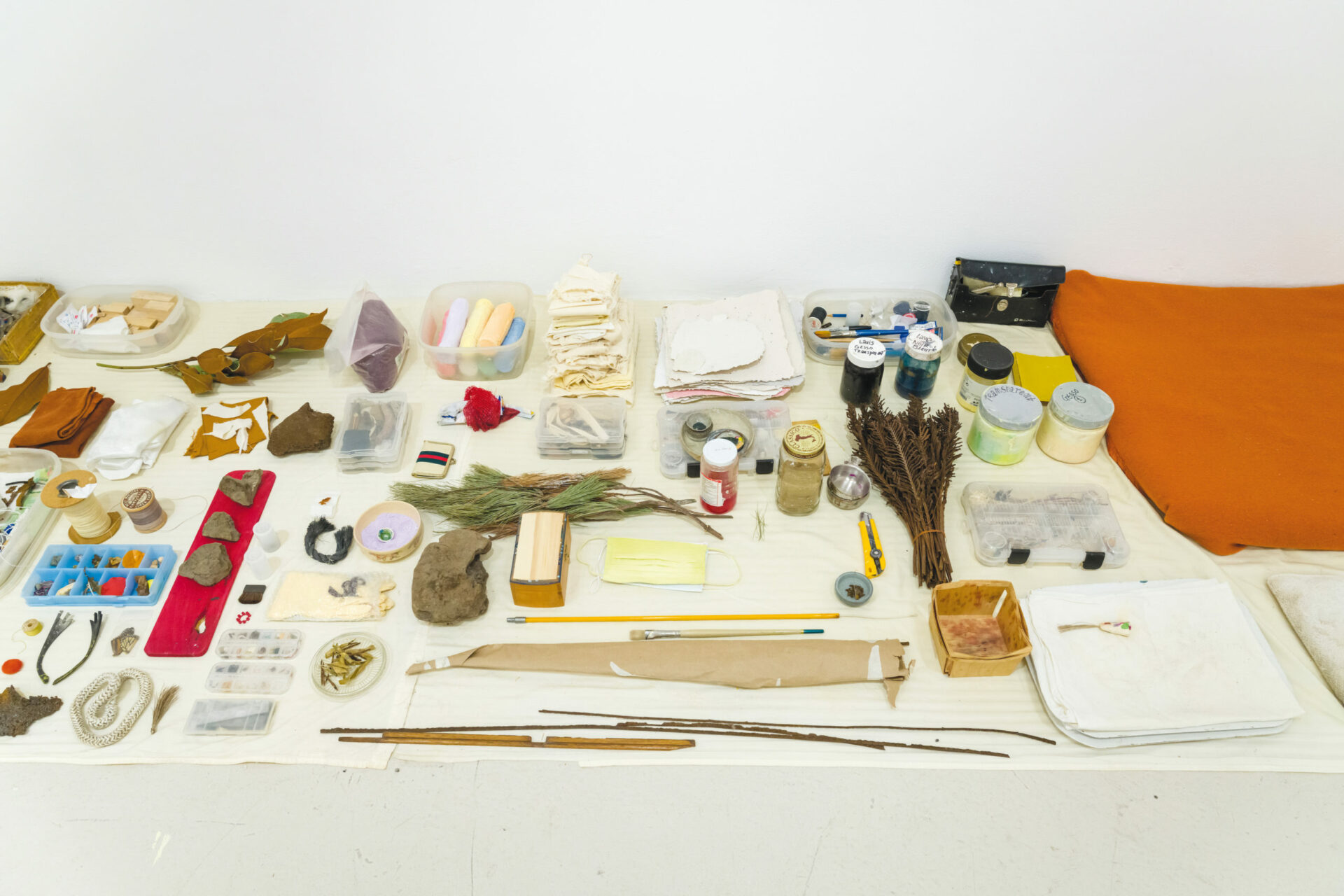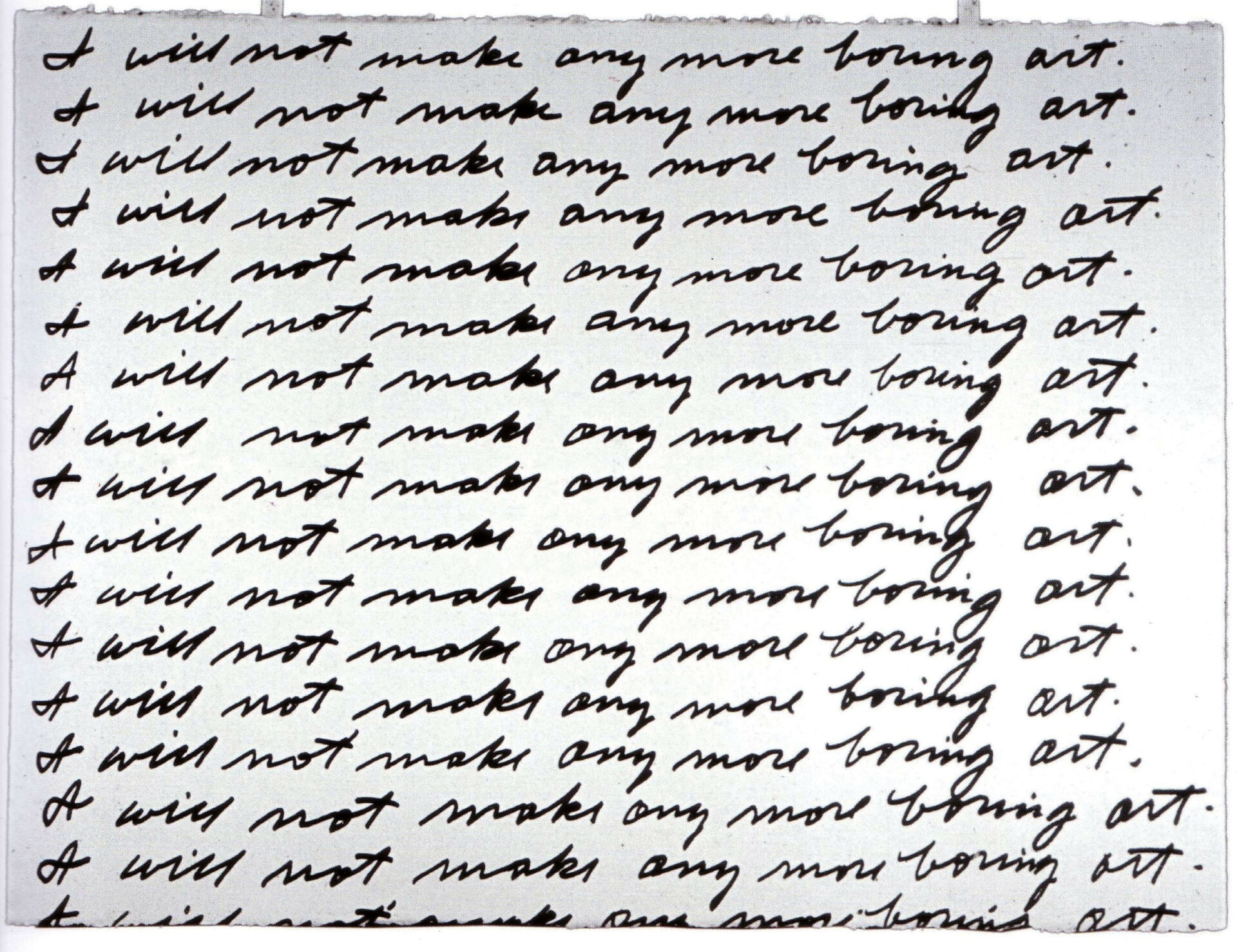Point of Contact: On Place and the West Coast Imaginary
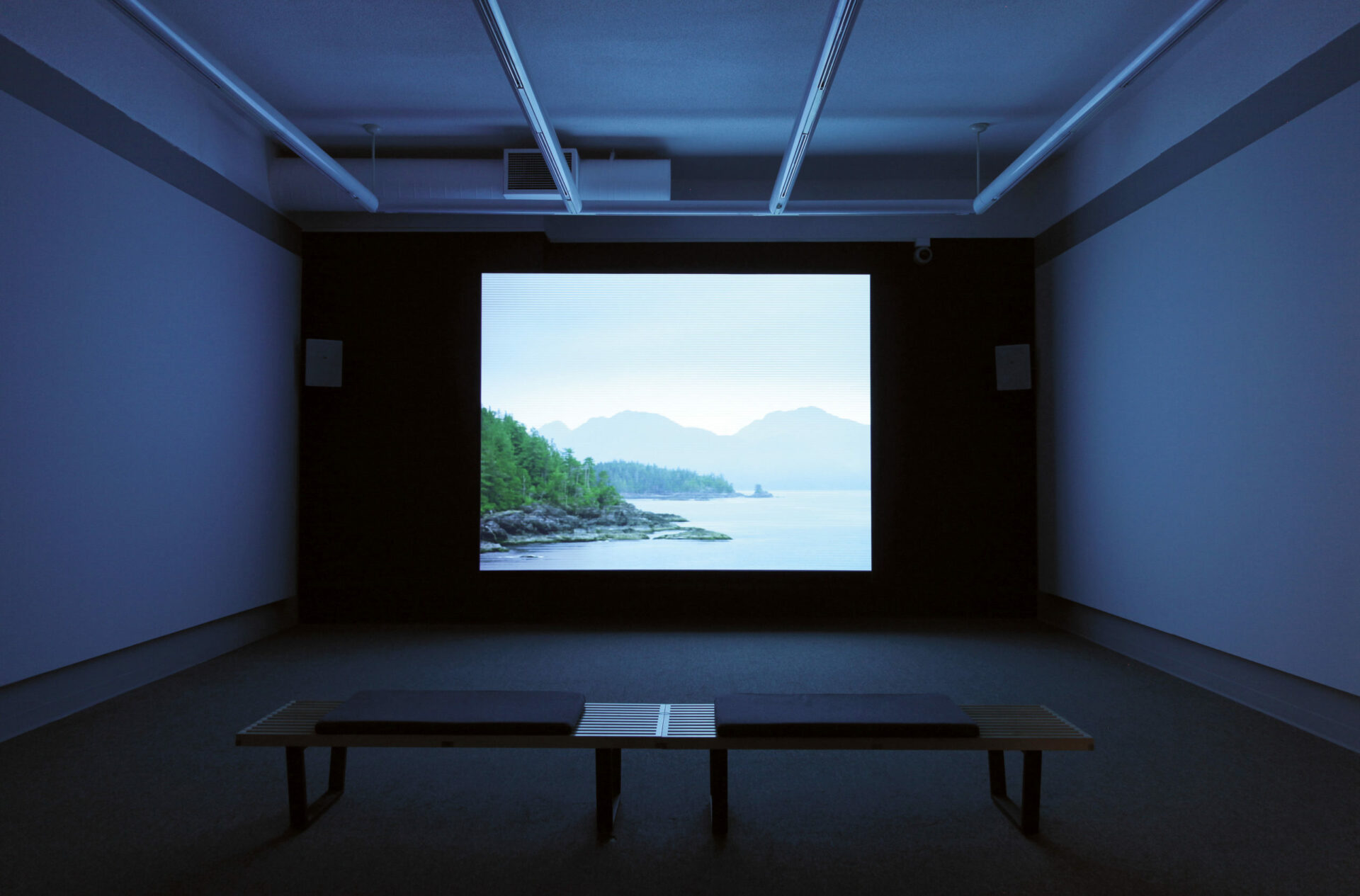
Photo : Mike McClean, courtesy of the artist, David Zwirner, New York/London and Victoria Miro, London
Point of Contact, curated by Haema Sivanesan, addresses the concept of a geographic imaginary through a place now known, due to a misinterpretation by the eighteenth-century Briton, Captain Cook, as Nootka. This region, within the traditional territories of the Nuu-chah-nulth Nations on the West Coast of Vancouver Island, was one of the earliest sites of sustained contact between Europeans and Indigenous peoples of the Pacific Northwest. In this exhibition it is taken, according to the gallery didactics, “as a case study to consider how artists have contributed to shaping the idea of place on the West Coast.” The works that have been selected adhere to a basic curatorial division: they are either by non-Indigenous artists who have depicted this place, or by Nuu-chah-nulth artists for whom this place is an ancestral territory.
The pieces that most explicitly express the titular point of contact are etchings made by John Webber, Captain Cook’s ship artist, to record the “New World” for the empire. They were created under the auspices of science rather than art but are rendered with a distinctive — colonial — aesthetic. Jock Macdonald’s lightly abstracted paintings of Nuu-chah-nulth life in the early twentieth century, though very much intended as artworks, have something of an anthropological or documentary quality, particularly here in their physical proximity to Webber’s etchings. These blurred boundaries offer a subtle reminder, acutely relevant in this context, that science involves subjective elements, and that art plays a critical role in the production of historical knowledge. A charcoal drawing of a cedar forest by Emily Carr and an aquatint of the sea and landforms by Takao Tanabe, both rendered in muted monochrome and quasi-abstracted, focus solely and contemplatively on natural elements. Carr’s drawing has a vertical, angular energy that echoes that of Nuu-chah-nulth artist Patrick Amos’s adjacent serigraph Killer Whale (1980), and tempera painting Thunderbird and Killer Whale (1979). In Amos’s vividly coloured formline works that relate to pre-contact Northwest Coast art, human figures are embedded within animal, portraying not the visual surface of the land, but intimate relationships between living beings and the culture the land has hosted over thousands of years. This is echoed in serigraphs by Art Thompson and Tim Paul.
Create your free profile or log in now to read the full text!
My Account